Cartoons have been a fundamental part of entertainment for children and adults alike for over a century. From the early days of silent film animations to the sophisticated computer-generated imagery (CGI) of today, Cartoon Characters have evolved significantly. This article explores the history, development, and cultural impact of iconic cartoon characters, tracing their journey from the rudimentary sketches of the early 20th century to the multi-dimensional characters of the present.
The Early Days: Pioneers of Animation
The Birth of Animation
The origins of animated cartoons can be traced back to the late 19th and early 20th centuries, with early pioneers like Winsor McCay, whose 1914 film “Gertie the Dinosaur” is considered one of the first animated features. McCay’s work demonstrated the potential of animation as a storytelling medium, setting the stage for future developments.
Mickey Mouse: The First Superstar
Walt Disney and Ub Iwerks introduced the world to Mickey Mouse in 1928 with the release of “Steamboat Willie.” Mickey quickly became a cultural icon, representing the magic and innovation of the burgeoning animation industry. His appeal lay in his cheerful demeanor, adventurous spirit, and ability to overcome obstacles, making him a beloved character worldwide.
The Golden Age of Animation: 1930s to 1950s
Looney Tunes and Merrie Melodies
During the 1930s and 1940s, Warner Bros. created a slew of memorable characters under the Looney Tunes and Merrie Melodies banners. Bugs Bunny, Daffy Duck, Porky Pig, and Elmer Fudd became household names. These characters were known for their humor, wit, and often subversive antics, appealing to both children and adults.

Disney’s Expanding Universe
Disney continued to dominate the animation scene with the introduction of characters like Donald Duck, Goofy, and Pluto. The success of full-length feature films such as “Snow White and the Seven Dwarfs” (1937), “Pinocchio” (1940), and “Bambi” (1942) further cemented Disney’s place in animation history. These characters, each with their unique personalities and stories, became timeless symbols of the Disney brand.
The Rise of Hanna-Barbera
In the 1950s, William Hanna and Joseph Barbera created a new wave of animated characters that would become icons in their own right. The Flintstones, debuting in 1960, was the first prime-time animated television series, introducing the world to Fred Flintstone and his prehistoric family. This was followed by the success of “The Jetsons,” “Scooby-Doo,” and “Yogi Bear,” all of which became staples of Saturday morning cartoons.
The Silver Age and Beyond: 1960s to 1980s
Expanding Genres and Styles
The 1960s and 1970s saw a diversification in the types of cartoon characters and the stories being told. The advent of superhero cartoons brought characters like Spider-Man, Batman, and the X-Men to television screens, expanding the appeal of cartoons to include older children and teenagers.
Japanese Influence: The Rise of Anime
The introduction of Japanese animation, or anime, brought a new dimension to the world of cartoons. Characters from shows like “Astro Boy,” “Speed Racer,” and “Sailor Moon” captivated audiences with their distinct art styles and complex storylines. Anime characters often had deeper emotional arcs and intricate plots, which appealed to a broader audience and established a global fanbase.
The Birth of Modern Classics
The 1980s introduced characters that would become cornerstones of modern pop culture. Shows like “Transformers,” “G.I. Joe,” and “He-Man and the Masters of the Universe” not only entertained children but also created lucrative merchandise lines. Meanwhile, “The Simpsons,” debuting in 1989, would go on to become the longest-running American sitcom, with its satirical take on American life and iconic characters like Homer, Marge, Bart, Lisa, and Maggie.
The Renaissance and Digital Age: 1990s to Present
Disney Renaissance
The late 1980s and 1990s marked a renaissance for Disney with a series. Of critically acclaimed and commercially successful animated films. Characters from “The Little Mermaid,” “Beauty and the Beast,” “Aladdin,” and “The Lion King” became cultural icons. Additionally, these characters were celebrated not only for their engaging stories and memorable songs but also for their complex personalities and emotional depth
Nickelodeon and Cartoon Network
The rise of cable television brought new players into the animation industry. Nickelodeon and Cartoon Network introduced a slew of new characters who quickly became fan favorites. “Rugrats,” “Doug,” “Hey Arnold!,” and “SpongeBob SquarePants” from Nickelodeon, along with “Dexter’s Laboratory,” “Powerpuff Girls,” and “Johnny Bravo” from Cartoon Network, became defining shows of the 1990s and early 2000s.
The Pixar Revolution
Pixar Animation Studios revolutionized animation with the release of “Toy Story” in 1995, the first feature-length film entirely created with CGI. Characters like Woody and Buzz Lightyear became instant icons. Pixar continued to create beloved characters through films like “Finding Nemo,” “The Incredibles,” and “Up,” blending cutting-edge technology with compelling storytelling.
The Rise of Internet and Streaming Services
The advent of the internet and streaming services has transformed how cartoons are consumed and created. Platforms like Netflix, Hulu, and Disney+ have produced original animated content that appeals to a global audience. Shows like “BoJack Horseman,” “Rick and Morty,” and “Big Mouth” have pushed the boundaries of traditional animation, tackling mature themes and exploring complex character dynamics.
The Cultural Impact of Cartoon Characters
Social and Political Commentary
Many cartoon characters have been used as vehicles for social and political commentary. “The Simpsons,” “South Park,” and “Family Guy” often tackle controversial issues. With humor and satire, prompting discussions about society, politics, and culture.
Representation and Diversity
In recent years, there has been a push for greater representation and diversity in animated characters. Shows like “Steven Universe,” “She-Ra and the Princesses of Power,” and “Kipo and the Age of Wonderbeasts” feature diverse characters. In terms of race, gender, and sexual orientation, reflecting a more inclusive and representative world.
Merchandising and Commercial Impact
Cartoon characters have had a profound impact on merchandising and branding. From toys and clothing to video games and theme parks, characters like Mickey Mouse, Bugs Bunny, and Pikachu have become powerful commercial entities. The ability to create a multi-platform presence has turned many cartoon characters into global brands.
Nostalgia and Legacy
The enduring appeal of classic cartoon characters often lies in their ability to evoke nostalgia. Characters from the early days of animation continue to be celebrated and reimagined for new generations, ensuring their legacy endures. Remakes, reboots, and revivals of beloved characters and shows keep these icons relevant in contemporary culture.
Conclusion
The evolution of cartoon characters from simple drawings to complex, multi-dimensional figures reflects the growth and diversification of the animation industry. These characters have entertained, inspired, and influenced countless individuals across generations. As technology and storytelling techniques continue to advance, the future of cartoon characters promises to be as dynamic and innovative as their storied past. Whether through traditional media or digital platforms, iconic cartoon characters will undoubtedly continue to leave a lasting impact on popular culture and the hearts of audiences worldwide.




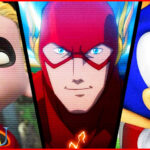

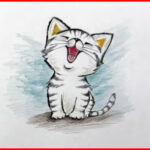
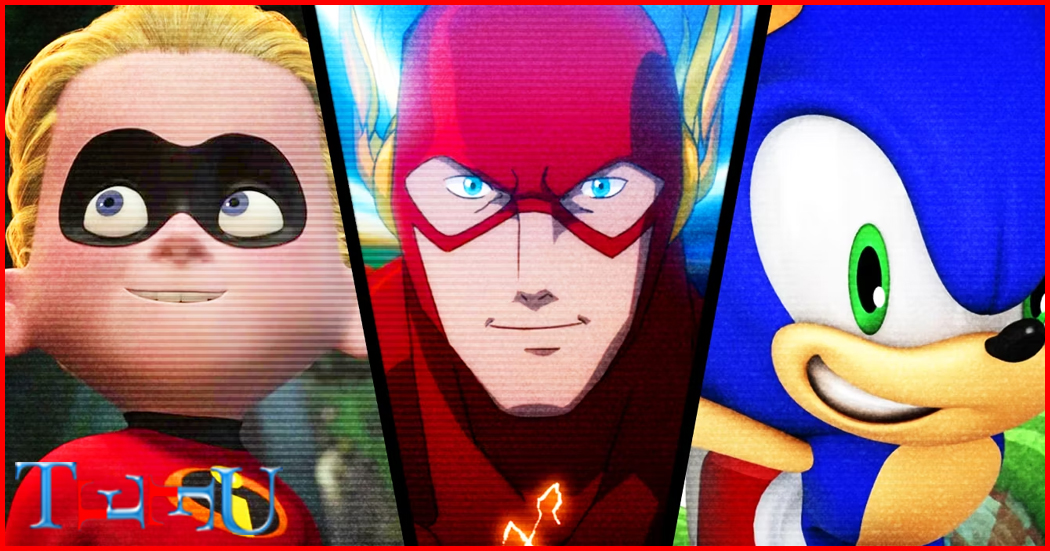
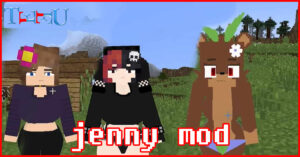

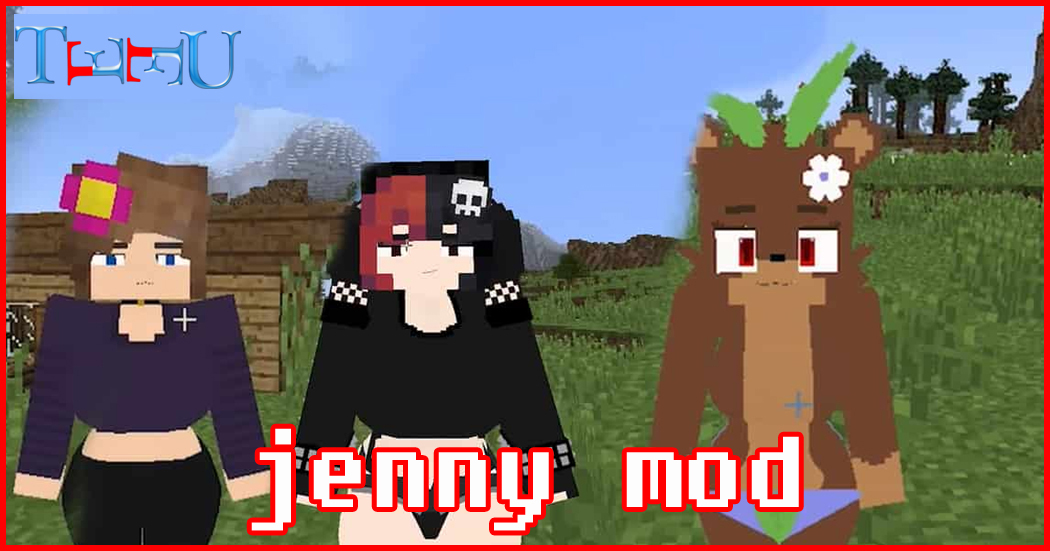
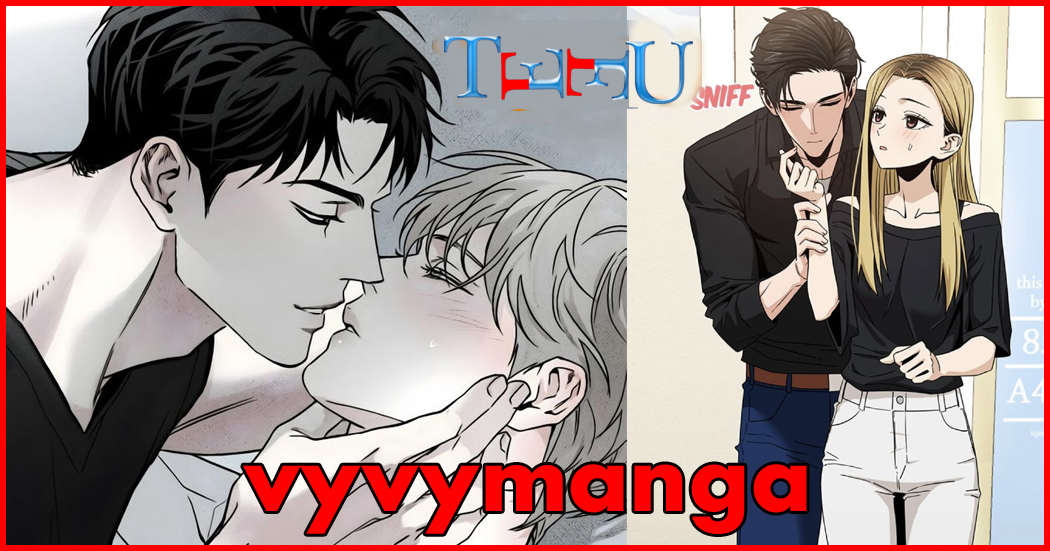
One thought on “The Evolution and Impact of Iconic Cartoon Characters”